Interesting Facts From the History of Scouting
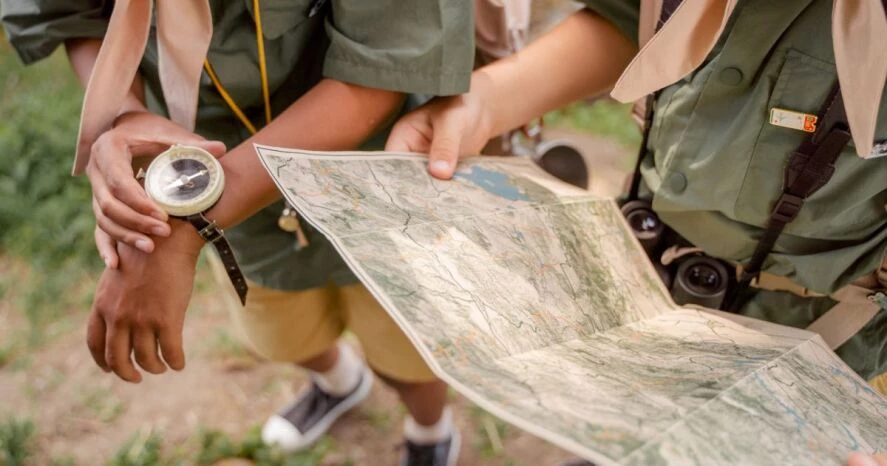
The Scouting movement began to form at the beginning of the 20th century. Since then, it had to look for ways to survive during difficult times, such as the world wars and the communist regime in Eastern Europe. Even today, it has to compete for attention of young people with various technologies and screens. Read about the milestones in the history of Scouting, about its principles and values, and about the equipment needed for their outdoor activities.
Contents
A Victory for Young People and for Britain. How Did Scouting Begin?
Scouting, also known as the Scout Movement, is a worldwide youth social movement that focuses on education of young people towards responsibility, using practical outdoor activities, camping, woodcraft, aquatics, hiking, backpacking, and sports.
If you have any relative who joined the Scouts when they were young, ask them about their experience!
Credit for starting the Scouting movement goes to English war hero, Robert Baden-Powell (1857-1941).
DID YOU KNOW... Even though both boys and girls were attending at first, girls were soon excluded from the original organization and only boys were admitted to the Scout programmes until 1976. Girl scouts had a separate organization, and today, the original Scouts organization is proudly open to all.
The “father” of the Scout movement was born in England and from an early age, he and his brother undertook various outdoor expeditions. After joining the British army, he used his outdoor skills to navigate through the terrain.
Baden-Powell became popular when he defended Mafeking in South Africa during the Second Boer War (1899-1902), holding off a much larger Boer force (1000 men against the siege of over 8000 men) until the siege was lifted.
He returned to his homeland as a war hero. For many boys, he was an inspirational role model. Soon after he returned, he decided to organize programmes for young boys.
In 1907, he organised the world's first Scout camp on Brownsea Island. A group of 20 boys who attended were divided into smaller groups of five. This laid the methodical foundations of Scouting, in which the Scout “group” is still the basic unit.
How the Scout Movement Spread to Other Countries: Czech Scouts in the 20th century
In 1911, Antonín Benjamin Svojsík (1876-1938), a Czech PE teacher, visited England. He had already been familiar with Scouts and was very intrigued by the movement. He personally met with the local scouts near London. Svojsík became excited about the idea of Scouts even more, and decided to introduce Scouting in his own country upon his return.
In 1912, he published a book on the foundations of Scouting , which was co-authored by other prominent representatives of science and culture, such as Alois Jirásek (1851-1930).
In the same year, Svojsík organised the first Scout camp for 13 boys. His efforts received a lot of interest and positive response in society. It did not take long and girls joined the Scouting camps and events.
DID YOU KNOW... that the Scout Law consists of ten key principles? A Scout is to be trusted, a Scout is friendly and considerate, a Scout has courage in all difficulties - these are just three examples of the principles. By following these rules, Scouts can make a positive contribution to society and help protect the nature at the same time.
In 1914 - the organization Junák - Czech Scouting was established, but the beginning of the WWI brought everything to an abrupt halt.
When the Scouts were restored after the war, they had to face further challenges.
In 1940s, WWII brought on yet another difficult period. In 1940, Junák was officially dissolved, and all their activities were interrupted.
In May 1945, Scouts started gathering again, with an overwhelming interest from about a quarter of a million new members. However, the Scouts could not enjoy their success for long.
As soon as in 1948, the organisation was incorporated into the Soviet-governed Czechoslovak Socialist Youth Union, and two years later, Scouts were disbanded again. Many former supporters of Scouting were persecuted in the years that followed.
Scouts After the Fall of the Communist Regime
The Scouting organization Junák was not properly restored until 1989 - i.e. the year which marks the fall of communism in Eastern Europe.
In the recent years, Scouts have celebrated their 100th anniversary, and in England, over 40,000 people attended the international celebrations.
DID YOU KNOW... Sea Scouts helped evacuate Dunkirk during World War II? The operation was known as Operation Dynamo, which evacuated the British Force of over 300,000 personnel.
Currently, there are more than 50 million Scouts, both young people and adults, across 216 countries and territories.
What Do Scouts Do And What Tools Do They Use?
Scout groups for boys or girls offer a space for young people to get familiar with various outdoor skills, and get to know new people.
The Scouts spend a lot of time outdoors, learning practical skills, such as Morse code, how to tie various knots, how to make a fire using outdoor materials, or spend the night outside.
On their trips and expeditions, young Scouts use a range of useful tools that help them “survive” and complete their tasks in nature. What are the usualScout tools and equipment?
Swiss Army Knife - a multi-purpose pocket knife. In addition to the blade, its tools include a corkscrew, screwdriver or scissors. Swiss Army Knife comes in handy during all outdoor trips. It may help you in various tricky situations you may have to face in nature.
Scout Scarf - also known as a “Necker”, is a triangular piece of cloth, typical for Scouts. It is an important part of the Scouts uniform.
Scouts Uniform - especially the uniform shirt, worn by all the Scouts. Apart from the shirt, Scouts also wear the above-mentioned scarf, and a whistle.
As for other outdoor equipment, Scouts may find the following items useful: a compass, survival knife, a tinderbox for making fire, a field shovel, a folding shovel, an outdoor axe and outdoor cooking equipment.
Pocket Knives And Other Outdoor Equipment at Outfit4Events
Our store offers all you need as a Scout, a hiker, or simply as an outdoor enthusiast.
Check out our reliable pocket knives from the renowned Swiss manufacturer Victorinox. These knives can be used to clean mushrooms, to open a can or to cut vegetables.
If you want to learn more about multi-purpose pocket knives, read our older article: 9 Eyebrow-Raising Facts About Swiss Knives. You never know when you need to use your survival skills! It's better to be ready…

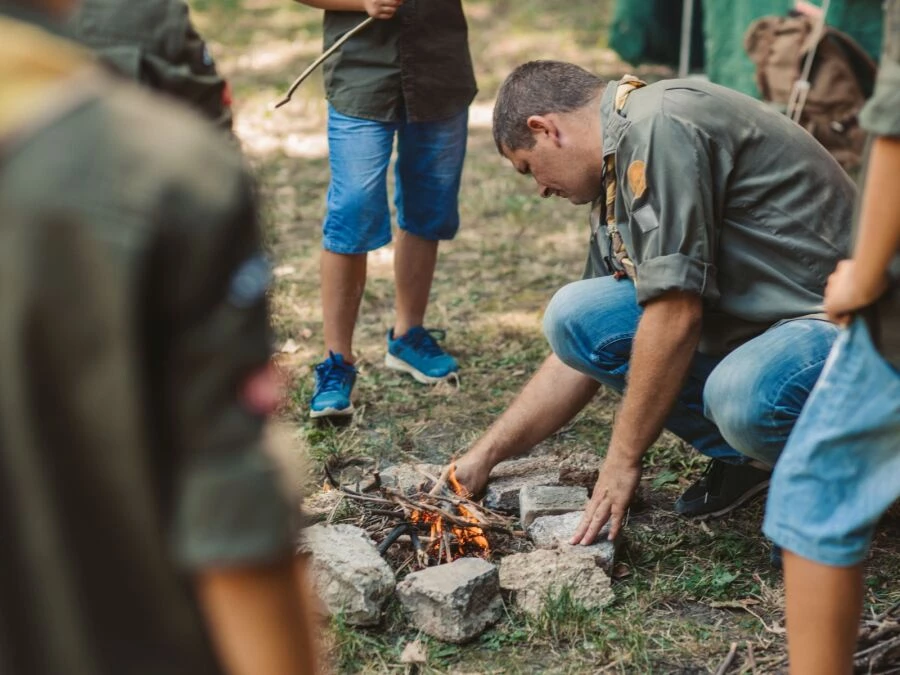
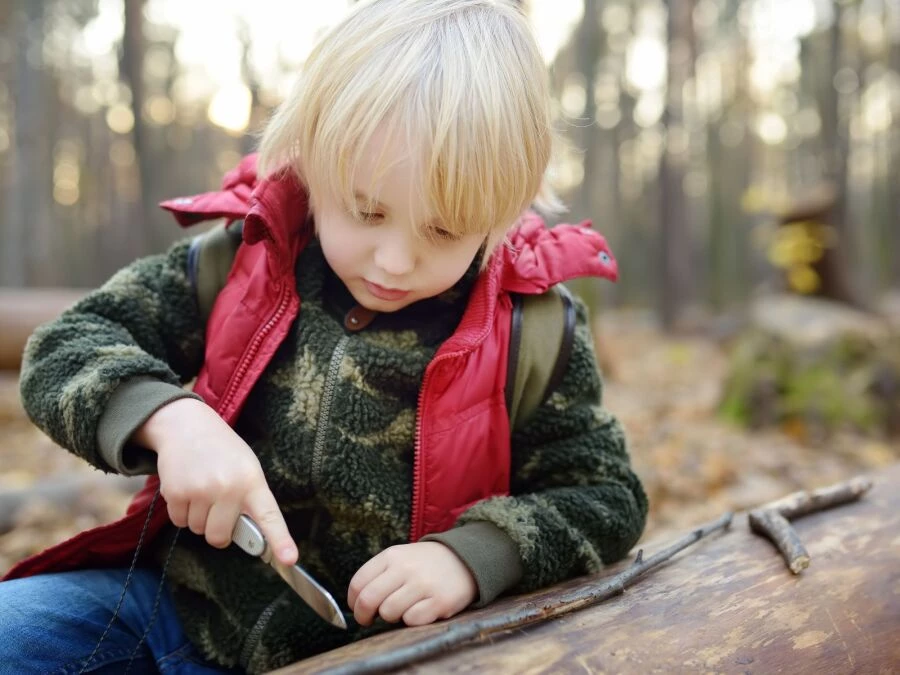
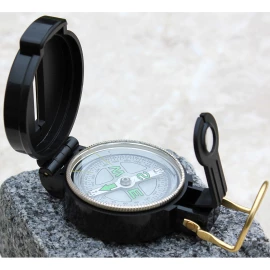
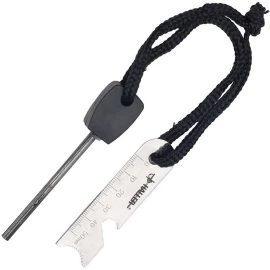
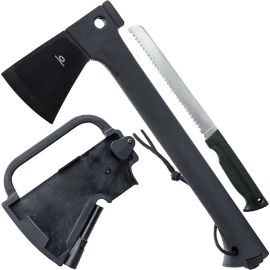
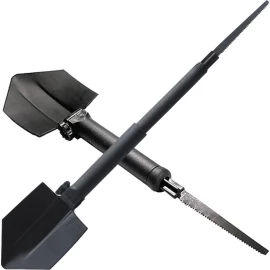
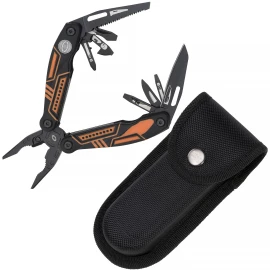
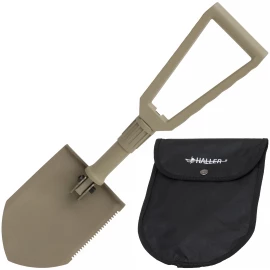
Comments